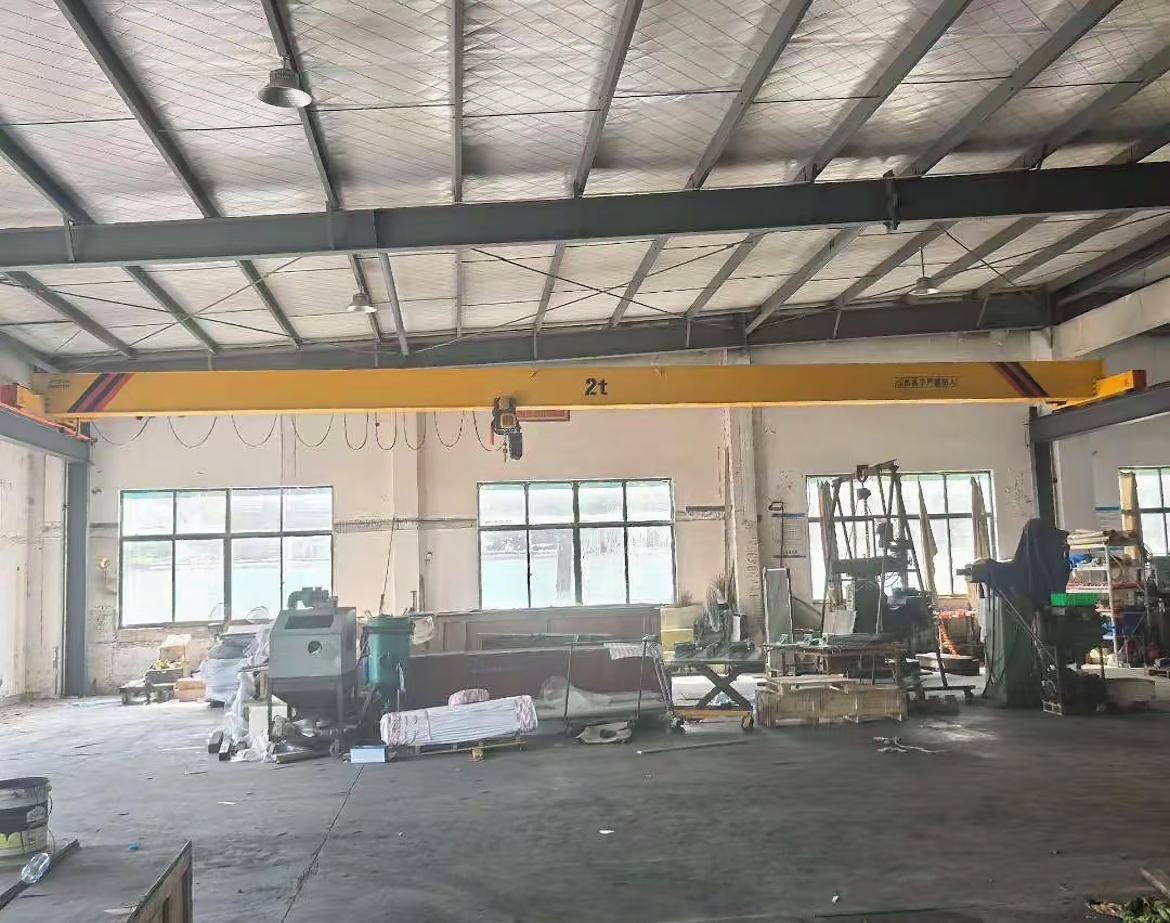Optimization of Crane Operation Efficiency: Balancing Speed Control and Frequency Conversion Technology
In industrial production and logistics transportation, overhead crane systems serve as critical equipment, whose operational efficiency directly impacts overall operating costs and production efficiency. Among common types, the single-girder overhead crane and standard overhead crane configurations see their operational efficiency significantly influenced by the rational configuration of their traveling speed (20-120 m/min) and hook lifting speed (8-20 m/min). Meanwhile, the application of frequency conversion technology provides an effective solution for balancing speed and precision in modern crane systems.
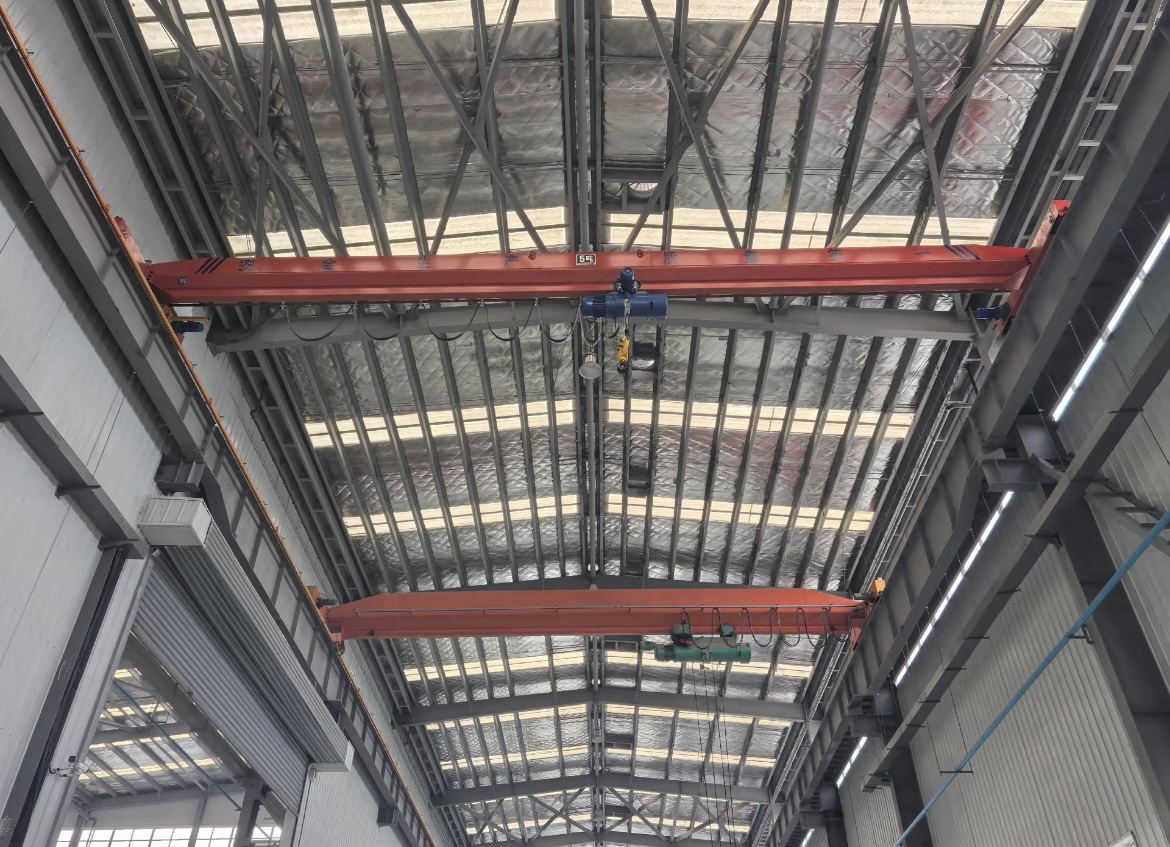
Impact of Speed Parameters on Operational Efficiency
The operational efficiency of any crane system is typically measured by the number of times goods are hoisted or the weight moved per unit time. The traveling speed of the overhead crane determines its movement efficiency along the rails, while the hook lifting speed directly affects vertical displacement. For instance, in a single-girder overhead crane, higher traveling speeds (e.g., 120 m/min) can reduce movement time under no-load conditions, but excessive speeds may lead to inaccurate positioning. This principle applies to all types of crane equipment, where speed must be balanced with precision.
In practical applications, the overhead crane requires speed range selection based on operational scenario. For long-distance transportation, high traveling speeds enhance efficiency, while for precise operations, medium to low speeds ensure accurate control. The modern crane installation, particularly the single-girder overhead crane variant, must have speed settings that balance efficiency and stability.
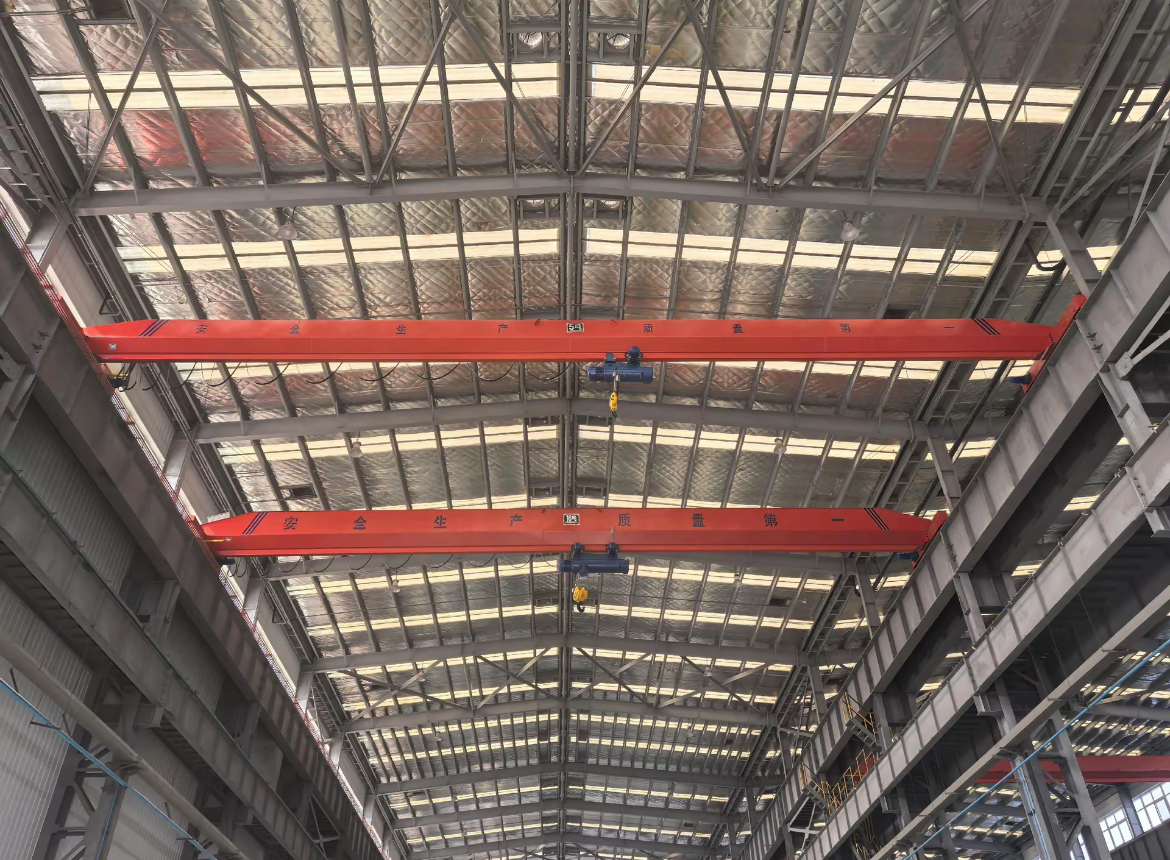
Frequency Conversion Technology: Precision and Speed Balance
Frequency conversion speed regulation technology achieves stepless speed adjustment by altering the power frequency of the motor, addressing the impact issues during starting and braking in traditional cranes. The application of this technology in single-girder overhead cranes and overhead cranes is mainly reflected in the following aspects:
Soft Start/Stop Capability: The frequency converter enables smooth acceleration/deceleration, reducing load swinging and improving positioning accuracy for every crane type.
Precise Speed Control: Overhead crane operators can adjust traveling and lifting speeds based on load requirements.
Energy Optimization: Modern crane systems with frequency technology reduce energy consumption significantly.
Through frequency conversion regulation, the single-girder overhead crane can maintain positioning accuracy at high speeds, achieving the ideal balance between efficiency and safety. This technology is particularly valuable for precision operations where conventional crane systems might struggle with fine control.
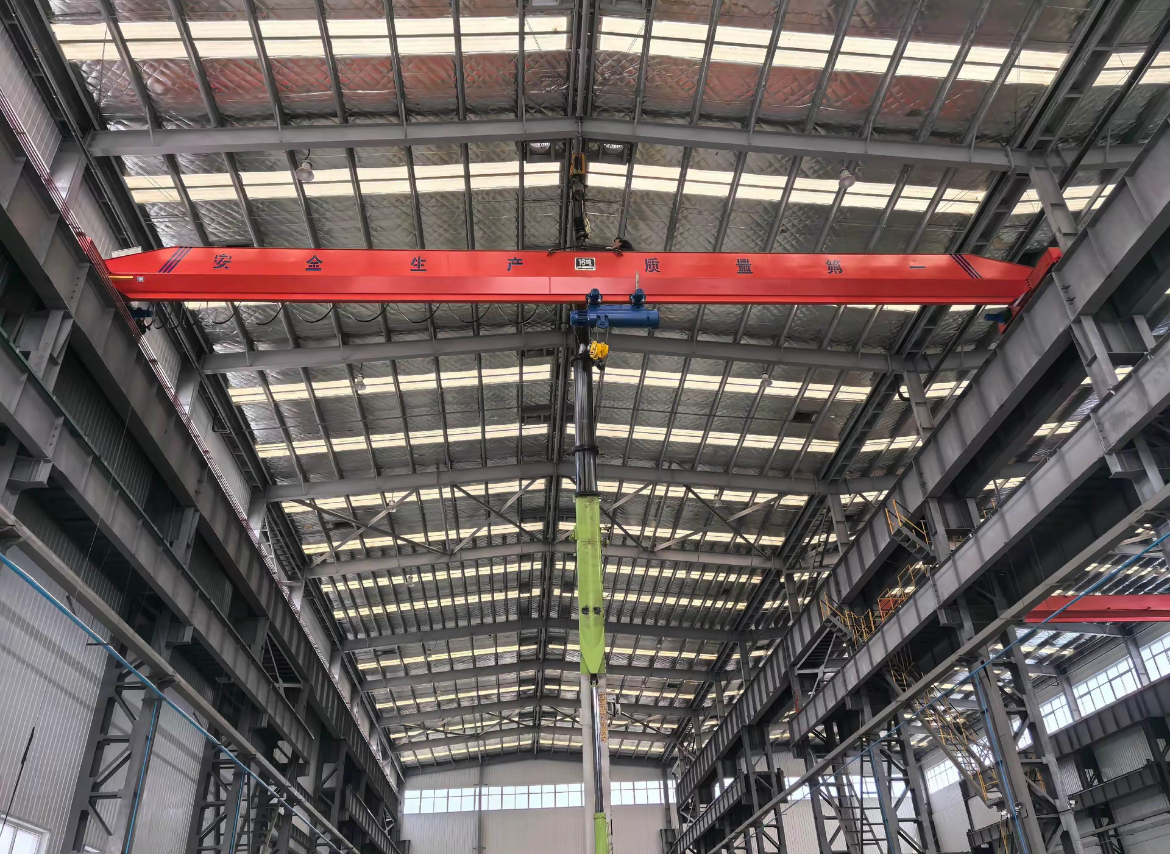
Practical Application Cases
In manufacturing environments, an overhead crane equipped with frequency conversion control typically reduces operational cycle time by 15-20%. For a single-girder overhead crane implementation, traveling speeds optimized to 90 m/min with hook speeds adjusted to 12 m/min ensure both accuracy and efficiency. These improvements demonstrate how modern crane technology can enhance operational performance while reducing maintenance requirements.
Another case study showed that a single-girder overhead crane installation with advanced frequency technology reduced brake wear by 30% and accident rates by 25%. This overhead crane implementation proved that proper technology integration can significantly improve both safety and performance in crane systems.
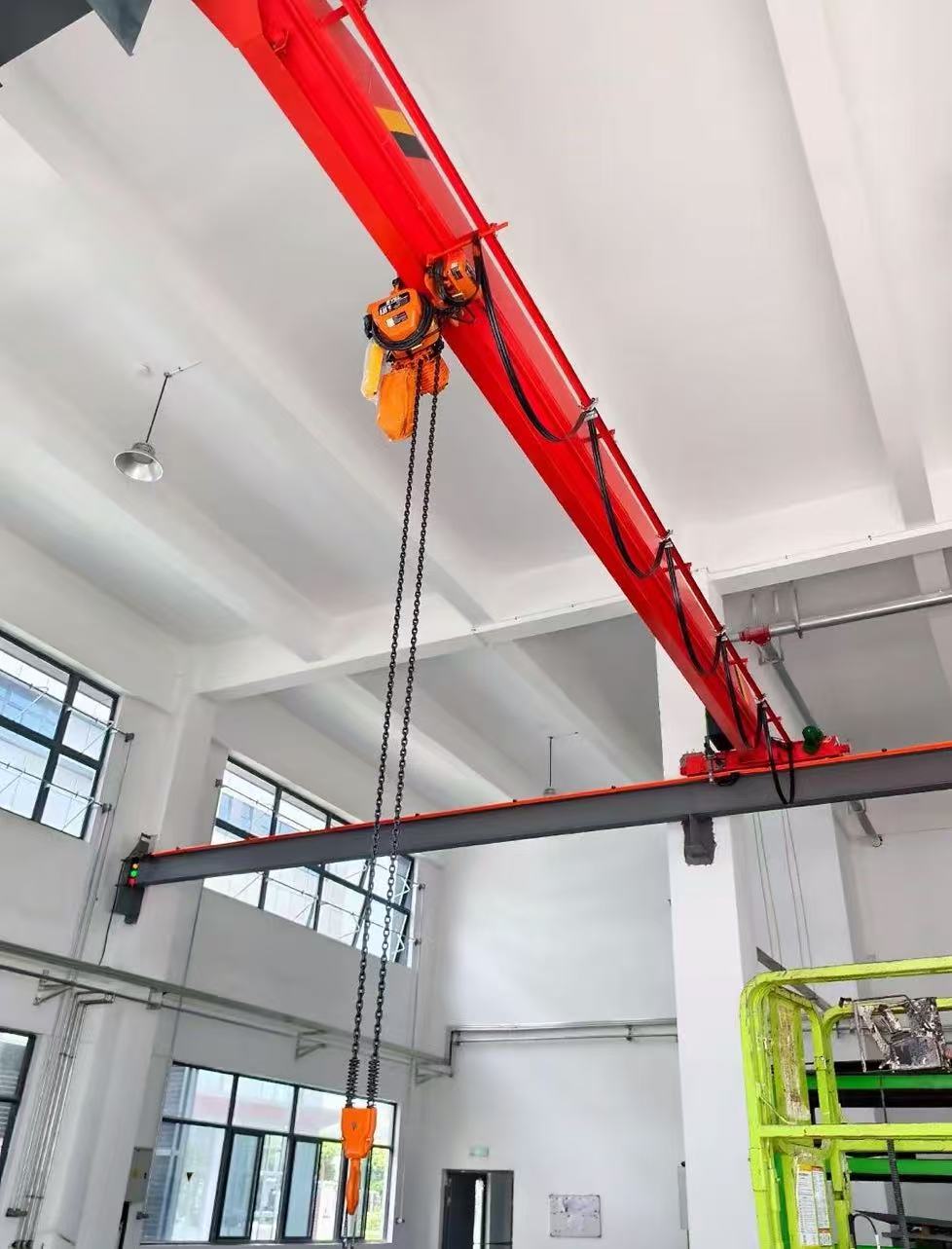
Conclusion
The optimization of crane operational efficiency requires balancing multiple factors. The single-girder overhead crane and standard overhead crane configurations both benefit from rational speed configuration combined with frequency conversion technology. As intelligent control technologies develop, modern crane systems will continue evolving toward higher efficiency, precision, and energy savings. The future overhead crane will likely incorporate even more advanced features, while the single-girder overhead crane variant will maintain its importance in specific applications. Ultimately, proper crane selection and technology integration remain crucial for industrial automation advancement.
